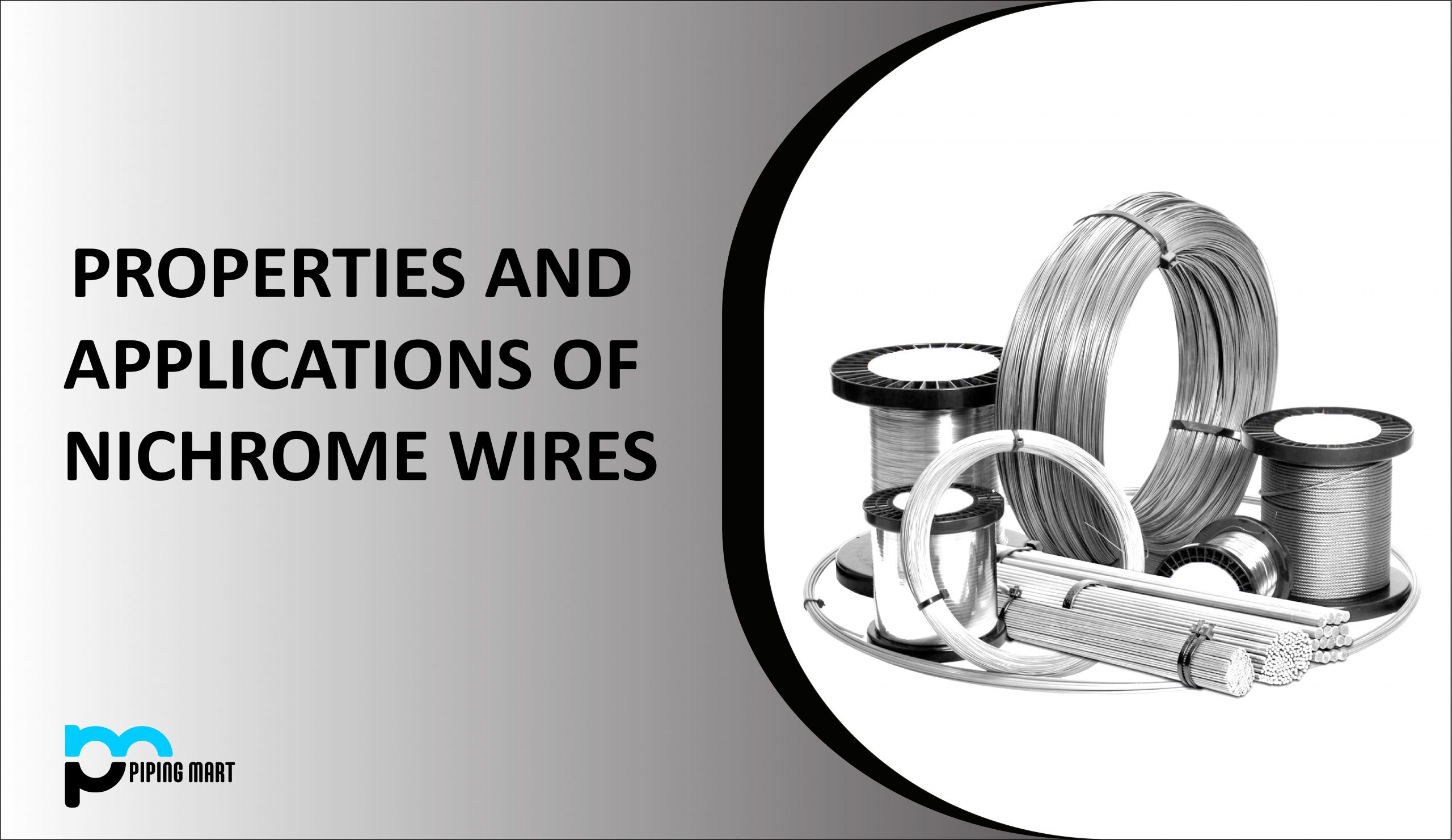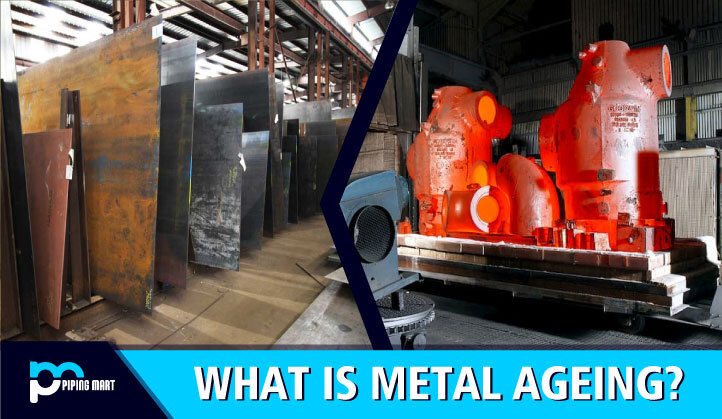Every metal product needs surface finishing to enhance its visual appearance, durability, and functionality. The two most popular surface finishing techniques for metals are electropolishing and anodizing. However, choosing between the two can be challenging, especially if you’re new to the manufacturing industry. In this blog post, we’ll explore the differences, benefits, and drawbacks of electropolishing vs anodizing to help you make an informed decision.
What is Electropolishing?
Electropolishing is an electrochemical process whereby metal parts are immersed in a chemical bath and subjected to an electrical current. This results in a controlled removal of the surface layer of the metal, leaving a smooth, shiny, and corrosion-resistant surface. Electropolishing is commonly used in the medical, automotive, aerospace, and food industries.
Benefits of Electropolishing
- Superior Shine and Appearance
- Improved Corrosion Resistance
- Burr Removal
- Improved Cleanability
- Reduced Friction
Drawbacks of Electropolishing
- Expensive
- Limited colour options
- Not suitable for all metals
What is Anodizing?
Anodizing is a surface finishing process used mainly for aluminium and other non-ferrous metals. It involves creating an anodic oxide layer on the metal surface by immersing the part in an electrolytic solution and passing a current through it. The anodic oxide layer enhances the metal’s durability, provides a decorative and vibrant appearance, and improves corrosion resistance.
Benefits of Anodizing
- Superior Durability and Corrosion Resistance
- Diverse Color Options
- Cost-Effective
- Eco-friendly
- Enhanced Adhesion
Drawbacks of Anodizing
- Limited to Non-Ferrous Metals
- Produces Porous Oxide Coatings
- Not Suitable for Extreme Environments
- Typically Built Layer Does Not Protect the Metal from Scratching
Differences Between Electropolishing and Anodizing
The main differences between electropolishing and anodizing are the metals used, their benefits and drawbacks, and their costs. Electropolishing suits a wide range of metals, produces a superior shine, removes burrs, and enhances cleanability. However, it’s expensive, limited in colour options, and unsuitable for all metals. Anodizing is ideal for non-ferrous metals, produces a durable, colourful surface, and is cost-effective. But, it’s porous, unsuitable for extreme environments, and doesn’t protect the metal from scratching.
Which is the Best Surface Finishing Process?
The best surface finishing process depends on the type of metal, application, budget, and desired decorative or functional features. Electropolishing is the better option if you’re looking for improved cleanability, superior shine, and reduced friction. But, if you want diverse colour options, cost-effectiveness, enhanced durability and corrosion resistance, anodizing is the better alternative.
Conclusion
Electropolishing and anodizing are essential surface-finishing processes that can enhance metal products’ visual and functional features. Both processes have benefits and drawbacks, and choosing between them depends on many factors. Therefore, before you decide which process to use, consider the metal you’re working with, your budget, your application, and your desired features. Whatever the choice, ensure you work with a reputable metal finishing company to get the best results.

Hey, I’m Krutik, a casual blogger expert in the metal industry. I am passionate about providing valuable information to my readers. With a background in engineering and construction, I like playing Cricket & watching Netflix shows in my free time. Thank you for visiting my blog, and I hope you find my information helpful!




